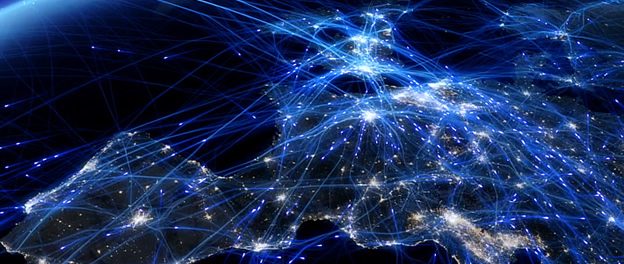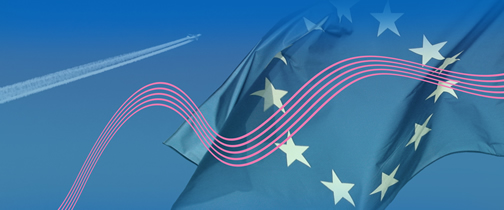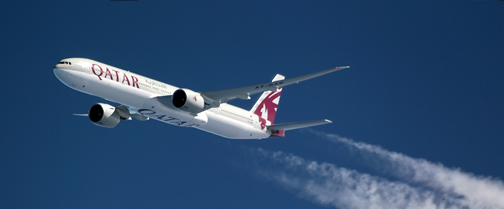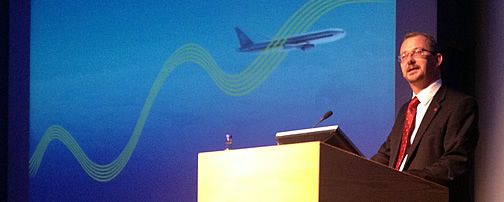Only competition can deliver real change in Europe
24 July 2014Earlier this month I spoke at an ‘ECAC/EU Dialogue’ with the European air transport industry.
Organised jointly by the European Civil Aviation Conference (ECA) and the European Union (EU), it was set up to discuss competitiveness in the aviation industry, and I was part of a panel discussing the role of the regulator in improving competitiveness.
There has been much debate recently about the role of the regulator in advancing the cause of the European aviation industry and whether it is regulation or competition that is best placed to facilitate the urgently needed progress.
European regulation and economic policy is primarily focussed on creating efficient markets within the EU and driving open markets and free trade with countries outside of the EU. And for good reason, as according to the EU’s own figures:
- Economic growth: Completing all ongoing free trade negotiations would add more than 0.5% to EU GDP.
- Consumer benefits: An efficient market brings a wider variety of goods and services to consumers and to companies, at lower prices. Benefits alone are estimated at €600 per citizen per year.
- Employment: 18% of the EU labour force (36 million jobs) is dependent on our trade performance. Trade also generates a wage premium estimated at 7%.
I find it odd then, that in an environment where the EU actively promotes free-trade, open markets, and the removal of barriers to competition for global markets, that it chooses not to support the same approach for all areas of its own internal aviation market, instead preferring more regulation.
The evidence that this approach works is not convincing. The Single European Sky initiative was launched in 2003, designed to improve performance and help Europe’s competitiveness. Yet progress has been painfully slow. At a recent event, one industry expert described the rate of change in our industry as making geology look like Formula One and he’s not far wrong!
What have we delivered to date? We have FABs – many of which cost more to run than the benefits they’ve delivered. We have ANSPs striking regularly, with airlines paying the price. We have Eurocontrol claiming that their version of a monopoly can provide more efficient centralised services than other monopolies. And importantly, whilst airline prices continue to drop, we have the recent announcement from one ANSP that they plan to increase their prices by somewhere in the region of €300m per year.
On the other hand, where there is some competition – in line with the EU’s wider approach to regulation and competitiveness – we see some signs of progress.
The notion of airspace users as ‘customers’, with service providers focused on meeting their needs, is apparent in this world. And there is positive evidence of this approach delivering the benefits that airspace users want to see in terms of price reductions and service improvements.
In Spain for example, the liberalisation of ATC service provision at nine regional towers is now providing those services at half the price of the previous regulated regime. Similarly, levels of competition in the UK market have intensified considerably since liberalisation, driving both cost and service benefits to customers over a number of years now.
However, we need to see this approach adopted right across Europe – not just in one or two states – so that we can realise the benefits of healthy competition for all. And to ensure that the market isn’t distorted, disadvantaging some while providing an advantage to others.
Regulation has not delivered the efficiencies customers demand and even more regulation is not the answer to accelerating the journey. Regulation and the market distortion it creates will always come a poor second to competition in delivering urgently needed efficiencies and the evidence suggests that it is competition and liberalisation that offer the best way of improving European competitiveness.
It is time for Europe to move to new mechanisms to deliver efficient markets driven through competition and not by regulation, or monopolies, or artificial markets created as a substitute for the innovation and speed that comes with open competition.
That after all is only what the EU is preaching to the rest of the world!
Comments
Please respect our commenting policy and guidelines when posting on this website.






29.07.2014
11:36
Simon A. Rance
The speed of advancement coming from the European institutions governing air traffic services certainly merits criticism, although much of the delay is due to the complexity of Europe itself, with so many administrations involved
However, all argument should be confronted with its counter-argument. De-regulation and excessive competition within such a safety critical business is very dangerous. Would you advocate for ever-longer rosters or should training be considered a dispensable commodity? How would you establish limits for safety checks before implemenetation of rapidly increasing change?
The case you mention in Spain is a slightly flawed argument. The infrastructure is still maintained by the State and the service changed hands thanks to the prior expertise of air traffic controllers belonging to a different organisation and after what could be described as dictatorial decrees by the Spanish government.
Operators are in fierce competition and the effects are evident. You should check the safety report from the Irish AAIU regarding the accident in Cork on February 10th 2011, or follow closely the outcome of the investigation upon the recent Air Algerie accident, which happened, unfotunately, the same day your post was blogged, and where fatigue was certainly an issue. The Spanish Supervisory Agency has complained repeatedly about being under-staffed and air traffic controllers have been removed from the safety investigation bodies. All very in accordance with competition, but not in the interest of flyers.
04.08.2014
09:08
Richard Deakin
Former CEOSimon, thank you for your comment.
I am not arguing for no regulation at all and I am certainly not advocating anything that would undermine safety. In the field of safety, I believe strong safety regulation is essential, as it remains in other parts of the aviation industry that are subject to competition such as the airline industry. However, having demonstrated you can meet the required safety standards, I think the provider of services should be determined by the quality and value of the service they offer. This should actually incentivise improvements and innovations in safety, with those service providers who have the best safety records well-placed to secure contracts in a competitive environment.
With regards to the example of Spain, there are many airports across Europe where the infrastructure is owned by the airport operator or the state rather than by the provider of air traffic services.
The cost of maintaining that infrastructure in these cases is separate to the cost of providing the air traffic services that make use of the infrastructure. The tender launched by the Spanish Government was for the provision of services. The cost of providing those services has been halved since FerroNATS, the joint venture between NATS and Ferrovial, took on the service, whilst performance levels have been at least maintained.
Richard
09:08
Richard Deakin
Former CEO